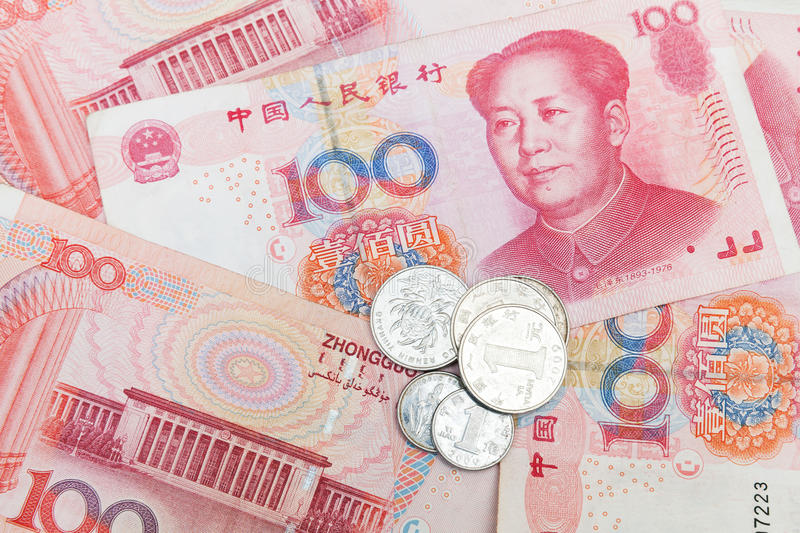China’s yuan on Thursday, April 26, recovered from a one-month low against the dollar on Thursday as the greenback paused after its recent rally.
In the spot market, the yuan opened at 6.3245 per dollar and fell to a low of 6.3275 at one point in morning trade, the softest level since March 23.
Prior to the market opening, the People’s Bank of China set the midpoint rate at 6.3283 per dollar, the weakest level since March 21 and 217 pips or 0.34 percent weaker than the previous fix of 6.3066.
But it soon recouped losses and traded at 6.3238 at midday, 32 pips firmer than the previous late session close.
However, some analysts and market participants expect the yuan to come under renewed downward pressure if U.S. yields and the dollar continue to firm.
“Judging from the shrinking yield spread between the United States and China in last month, it no longer supports the yuan to strengthen further,” David Qu, markets economist at ANZ in Shanghai.
The global dollar index, a gauge that measures the greenback’s strength against six other major currencies, stood at 91.135 at midday, compared with previous close of 91.172. It rose to a high of 91.261 on Wednesday, its strongest since Jan. 12.
Separately, China resumed a key outbound investment scheme on Wednesday, granting qualified domestic financial institutions fresh quotas to buy overseas stocks and bonds for the first time since early 2015.
Market watchers said expansion of the outbound investment scheme should have limited impact on the yuan.
The Thomson Reuters/HKEX Global CNH index, which tracks the offshore yuan against a basket of currencies on a daily basis, stood at 98.38, firmer than the previous day’s 98.3.
The offshore yuan was trading 0.10 percent firmer than the onshore spot at 6.318 per dollar.
Offshore one-year non-deliverable forwards contracts (NDFs), considered the best available proxy for forward-looking market expectations of the yuan’s value, traded at 6.424, 1.49 percent weaker than the midpoint.
One-year NDFs are settled against the midpoint, not the spot rate.














